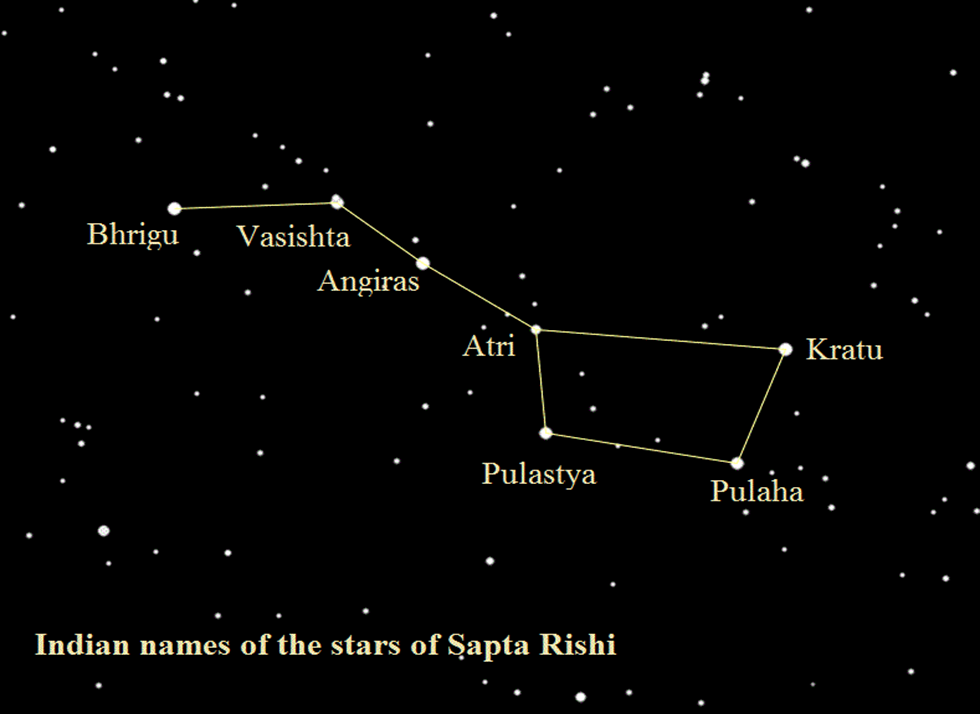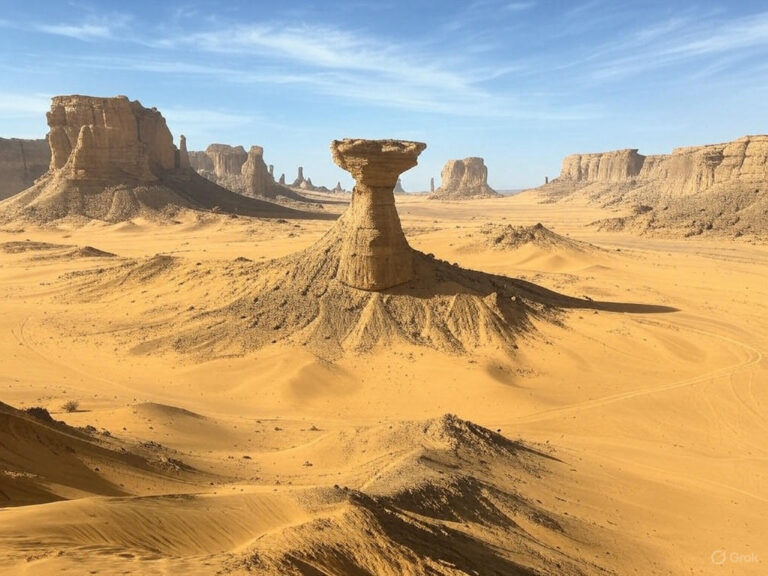Constellations and the Pole Star
So far, we’ve studied the big picture — galaxies, stars, supernovae, black holes — the macrocosm of the universe.
Now, let’s end this cosmic journey by zooming into the night sky as seen from Earth — and learn how ancient observers made sense of the stars through Constellations and the Pole Star.
✨ Constellations – Patterns in the Sky
The human mind seeks patterns — and that’s how constellations were born.
A constellation is simply a group of stars that appear to form a recognisable shape or pattern in the sky. These shapes are often imagined as animals, objects, or mythological figures.
🌟 Famous Constellations
| Constellation | Also Known As | Visibility / Notes |
| Ursa Major | Great Bear / Big Dipper / Saptarshi | Seen in Northern sky, appears to revolve around Pole Star |
| Orion | The Hunter | Visible in winter nights in late evening |
| Cassiopeia | Shaped like a ‘W’ or ‘M’ | Prominent in northern sky, winter nights, early hours |
| Leo Major | The Lion | Part of zodiac constellations |
🔸 Sirius:
- It is the brightest star in the night sky.
- Located near Orion.
- To find it: draw a line through Orion’s three middle stars (the “belt”) toward the east — it will lead you straight to Sirius.
🔹 Important Note:
- Not all constellations are visible from both hemispheres.
- For example, Ursa Major is not visible from parts of the southern hemisphere.


🌟 Pole Star – The North Star (Polaris)
While most stars appear to move across the night sky, one star appears fixed — the Pole Star.
- The Pole Star lies directly above Earth’s North Pole, aligned with Earth’s rotational axis.
- Because of this, as the Earth rotates, all other stars seem to revolve around it.
- At present, the Pole Star is Polaris — a triple star system, seen only from the northern hemisphere.
- It serves as a natural compass, helping navigators find true north.
🌠 Final Thought
- While the universe may seem abstract and unreachable, constellations and the Pole Star ground our understanding of the cosmos in a human perspective — something even our ancestors related to.
- They serve as a poetic reminder: even amidst vast galaxies and collapsing stars, we humans continue to observe patterns, seek meaning, and navigate our place in the universe.




